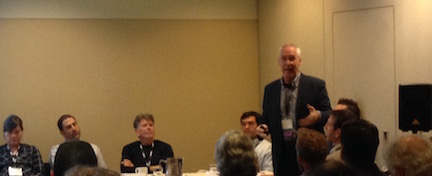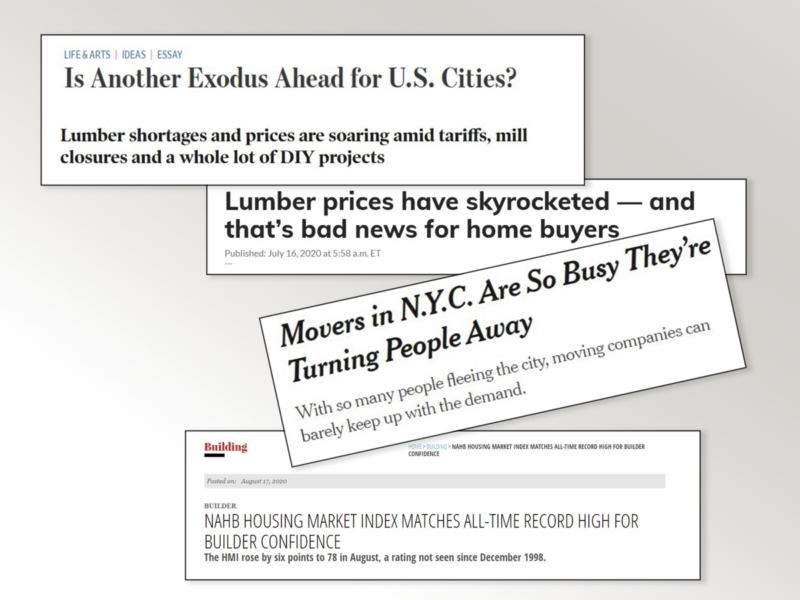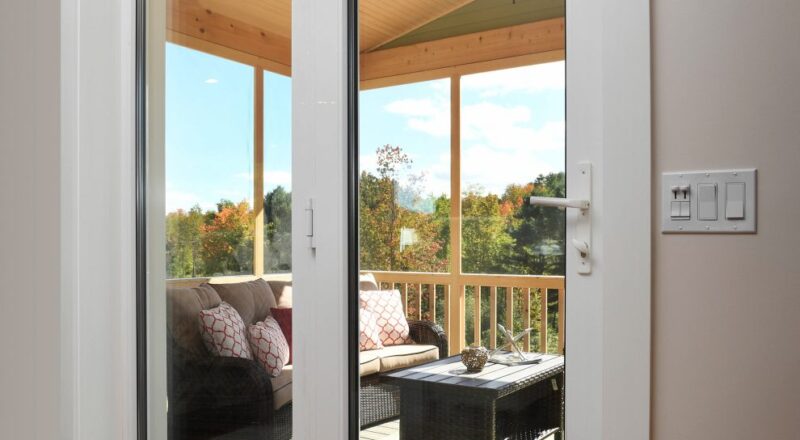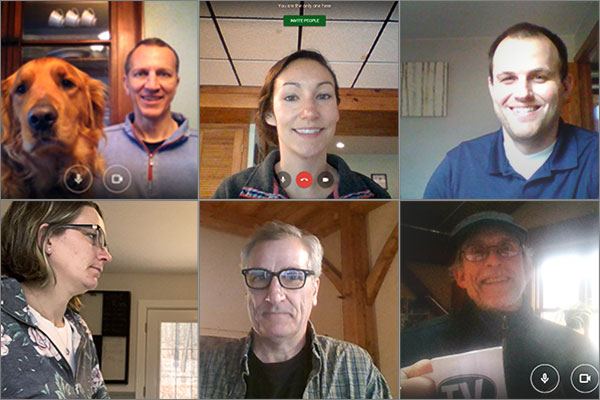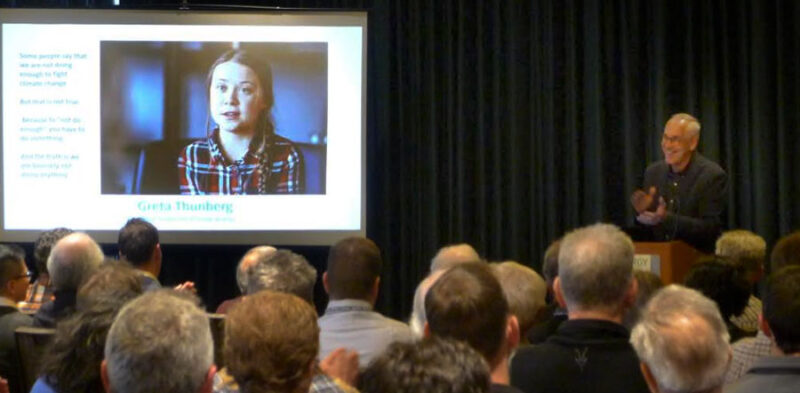In March, a team from Unity Homes and Bensonwood went down to Boston for the annual BuildingEnergy Conference, held by the Northeast Sustainable Energy Association (NESEA). For three days, we networked with our fellow industry professionals, participated in presentations, and talked with potential customers—all while reinforcing our status as leaders in green, sustainable, high-performance building.
Many of our partners had booths on the trade show floor, including Intus Windows, Mitsubishi, Huber, Siga and Zehnder. We were pleased to see that BuildingGreen, who recently named Unity Homes as one of their Top 10 Green Building Products for 2016, had a booth across the aisle from ours.
In contrast to the status quo in the construction industry, many of the companies represented at BuildingEnergy 16 share Unity’s goal of making high-performance homes more accessible and affordable. In the process, we face similar challenges—from finding ways to apply new technologies, to convincing banks and mortgage companies to appreciate the added value of high-performance features. Every year, the BuildingEnergy conference provides an opportunity for us to compare notes with like-minded professionals, and reinforces our belief that we are at the vanguard of an important movement.
For this year’s conference, Unity founder Tedd Benson teamed up with several other industry leaders to organize a panel discussion about the challenges and potential of using off-site construction methods to produce high performance homes. Unity’s Operations Director Andrew Dey moderated the round-table discussion that included Tedd, two architects, and representatives of the off-site fabrication companies BrightBuilt Homes and New England Homes. The discussion touched on several issues that are common across the industry, such as the potential stigma associated with terms like “prefabricated” or “modular.” The companies represented also had the opportunity to emphasize the benefits of their own unique approach—in the case of Unity Homes, our software-driven montage process. The discussion was energetic, congenial and informative, and it received high marks from the audience.
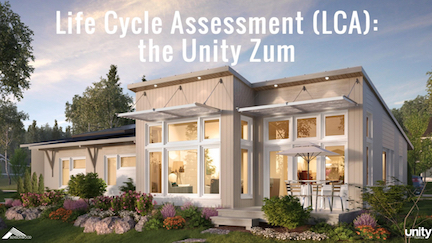
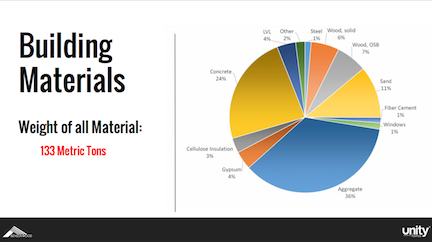
The panel discussion on off-site construction was one of several dozen conference presentations covering all aspects of sustainable buildings. Unity’s Rheannon DeMond and Danny Veerkamp gave a presentation called, “Material Selections: A Life Cycle Perspective Viewed Through One Home,” in which they highlighted surprising findings from a recent Life Cycle Assessment (LCA) of a Unity Home. For example, when viewed through this lens, the environmental impact of the uPVC material used in Intus windows appears to be lower than that of the materials in a metal-clad wood window. This presentation also underscored the results of analysis that the long-term operational energy of a typical building far outweighs the embodied energy used to make it. As we succeed in lowering the energy needed to operate buildings,the energy used to construct them has a proportionately greater environmental impact. Click here for a PDF of their presentation. (Note: PDFs of all the presentations are downloadable here.)
BuildingEnergy 16 proved once again why the conference is considered the premier gathering of green/sustainable building professionals in the northeast. While about 75% of the attendees work in the industry, the conference also provides homeowners and buyers with a great opportunity to see what’s possible now, and what may be available in the near future. BuildingEnergy 17 will be in Boston March 7-9, 2017. Hope to see you there!
